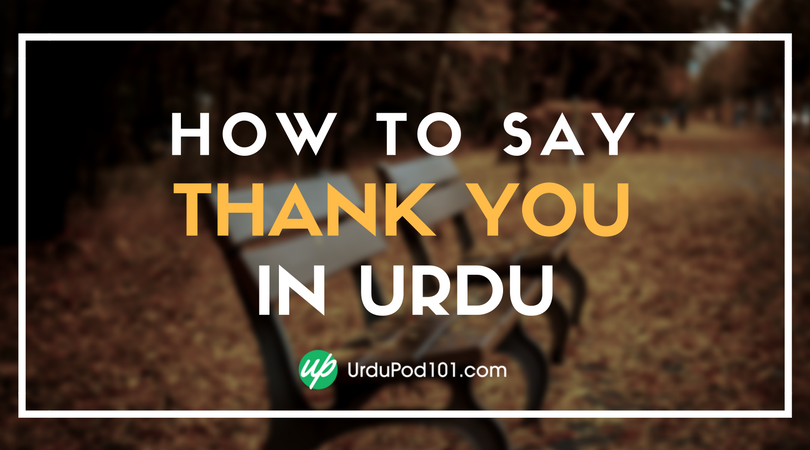
When holding conversations with others, spoken words are often our first method of communication. But nonverbal communication—such as body language and gestures—also plays an active role in getting our point across and emphasizing how we feel. What’s more, this type of communication is commonly used in countries around the world.
Pakistani people, in particular, have a knack for body language communication. As a learner of the Urdu language, you’ll greatly benefit from familiarizing yourself with the most common Pakistani gestures and when to use them. This will place you at a vantage point, as this knowledge can rescue you anytime you fall short of words in a complex situation. Learning the intricate art of body language in Pakistani culture will thus improve your conversations with native Urdu speakers and make your time in Pakistan more enjoyable!
In this article, you’ll learn the tricks and techniques of body gesture communication in Urdu. We’ll also present you with a full range of Pakistani gestures to get you through any scenario life throws at you.
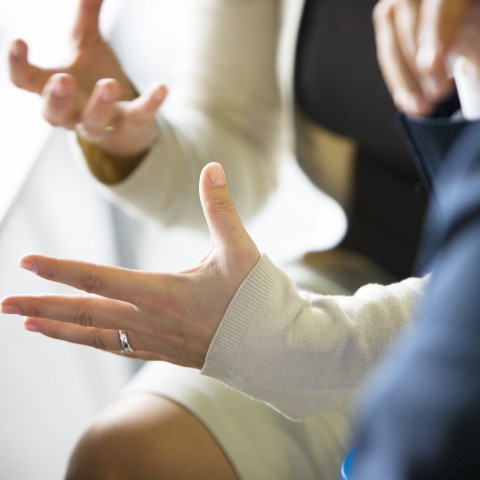
 Table of Contents
Table of Contents
1. Greetings
Whether you’re meeting someone for the first time or saying hello to an old friend, it all begins with a friendly greeting. As such, let’s begin with a few Pakistani gestures that are used during greetings.
السّلامُ علیکم (Assalam-u-alaikum) – Hello
Meaning: Peace be upon you.
How to do: Raise and wave your hand (usually the right hand).
When to use: Pakistani people use this gesture in both formal and informal contexts to greet others, regardless of age or gender. Sometimes, its shorter variant سلام (salaam) is also used; it conveys the same meaning.
آداب (aadaab) – Hello
Meaning: Peace be upon you. (with a great deal of respect)
How to do: Bow your head a little. Raise your right palm in front of you and bring it near your forehead, so that it’s almost touching it.
When to use: This gesture is mainly used to greet elderly people and those higher in rank. In the past, it was used as a token of respect and allegiance. It reminds one of the rich history of traditional courtly manners.
معانقہ (Muanqah)
Meaning: To hug
How to do: Hug someone to show your affection and respect.
When to use: Hugs are typically reserved for people who know each other well, though sometimes people of the same social status will hug upon their first meeting as well. Remember, do not hug anyone of the opposite gender as this could cause problems.
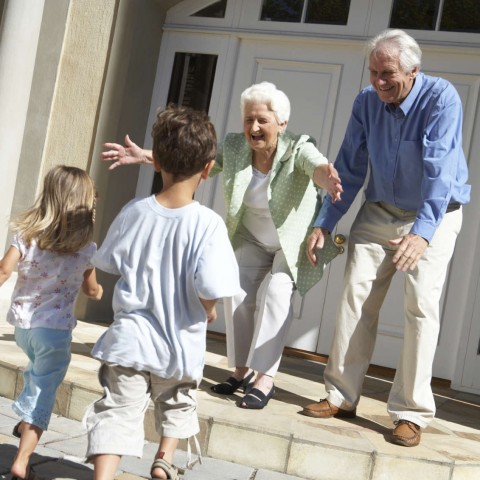
(Musafeha)
Meaning: Handshake
How to do: People typically shake with both hands when greeting elders, though people of roughly the same age may use only their right hand. Once again, be cautious about offering a handshake to someone of the opposite gender.

2. Gestures of Approval
Has a Pakistani friend of yours earned a promotion, done well on a project, or achieved a personal goal? Then don’t hesitate to congratulate—Pakistani people enjoy feeling appreciated and will reciprocate. Show your approval with any of the following Pakistani hand gestures.
بہت خوب (bohat khoob) – thumbs-up
Meaning: Bravo!
How to do: Close your fist and raise your thumb. You may use one or both hands.
When to use: You can use this gesture whenever you like something or appreciate an action someone has taken. It’s a way of showing approval of an action.

(bohat umdah)
Meaning: Great!
How to do: Make a circle with your thumb and index finger. Raise the remaining three fingers and your elbow vertically. Then, softly move your hand to and fro.
When to use: This is a very versatile gesture. You can use it to show approval of someone’s appearance, if you like the taste of a dish, or if you want to approve just about anything else.
ناقابلِ یقین (naqabil-e-yaqeen)
Meaning: Unbelievable
How to do: Hold your head with both hands, with an approving smile on your face.
When to use: You could use this gesture, for example, in a situation where you feel surprised and cannot find the appropriate words to show your excitement. Squeezing your eyes closed will add emphasis to this gesture.
مزہ آ گیا (mazah aa gaya)
Meaning: Enjoyed a lot
How to do: Clap your hands together out of excitement. You can add emphasis by biting your lip or winking.
When to use: Use this gesture whenever you like something; it could be a movie, a match, a joke, etc. A common variation of this gesture is to extend one of your hands out to another person, and to have that person clap your hand with one of their hands. Of course, this will only work if you’re in close proximity to each other.
3. Gestures of Disapproval
Of course, there will be situations and actions you do not approve of. Here are a few Pakistani gestures you can use to express disappointment or disapproval.
ناپسندیدہ (napasandeedah) – thumbs-down
Meaning: I don’t like it.
How to do: Close your fist, raise your thumb, and then point it toward the ground.
When to use: You can use this gesture to show disapproval for people or activities you don’t like. In addition, you can use this gesture to spurn someone’s advances; it’s a loud and clear rejection and a sign of disagreement.
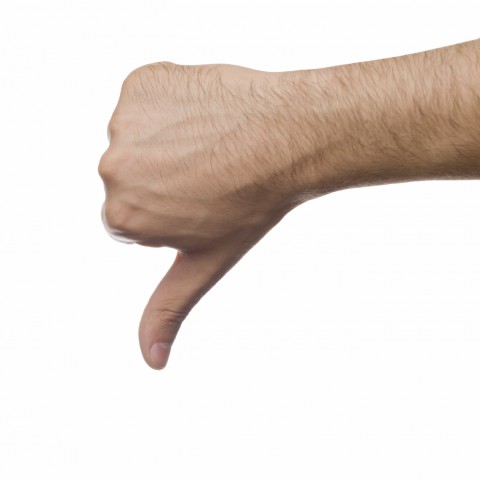
(khamosh) – shhh
Meaning: Keep quiet.
How to do: Keep your index finger on your lips and produce a shhh sound.
When to use: You can use this gesture when you want someone to stop speaking. If dealing with children, you can make it more polite by smiling.
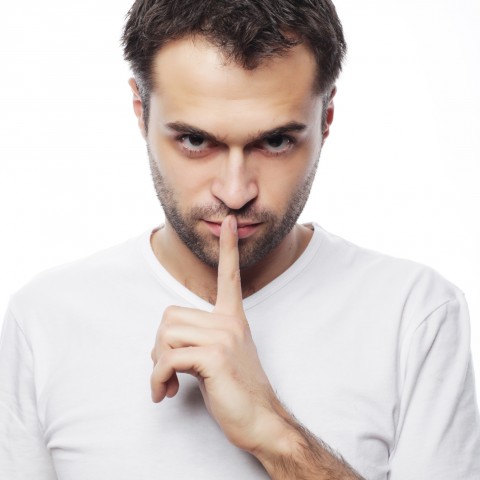
(khabardar)
Meaning: Beware!
How to do: Raise your hand and your index finger. Now, point toward the person to whom you want to give a warning and wave your index finger in the air.
When to use: You can always use this gesture to forewarn a person you dislike or to ask someone to stop a certain action. It will make the other person realize that you’re angered and annoyed by something.
ایسی کی تیسی (aisi ki taisi)
Meaning: My foot
How to do: Lift and stomp your foot on the ground forcefully.
When to use: You can do this when you disagree with someone’s opinion or when you want to confront him/her about something they did. This gesture is used as a direct insult and it gives the impression that you don’t care to bother with that person. Because using this gesture can have serious ramifications, use caution!
4. Some More Gestures
Here are just a few more gestures that are commonly used for nonverbal communication in Pakistani society.
یاد کرنے کی کوشش (Yaad kernay ki koshish) – try to remember something
Meaning: To act as if you have forgotten something and are trying to recall it
How to do: Bring your index finger close to your temple and knock your temple with it politely.
When to use: You can use this gesture in response to a question that you cannot answer immediately. It can help you buy some time and prepare an argument before speaking.
مجھے نہیں پتہ (Mujhay nahin patah)
Meaning: I don’t know.
How to do: Shrug your shoulders and (optional) nod your head. This gesture is also a sign of apathy and indifference. A gesture like this is sufficient to show that you’re not interested in sharing any information with the other person.
بس (bus)
Meaning: No more
How to do: Open your palm and face it toward the person you’re talking to with your extended arm. It’s a sign that you want the other person to stop.
When to use: This gesture is common during heated debates. It shows your opponent that you would like them to stop. Pakistani people take this gesture very seriously, so you can rest assured they will end the debate so as not to aggravate you further.
معذرت (maazrat)
Meaning: Sorry
How to do: Join the palms of both hands and bring them in front of your face.
When to use: If you feel guilty for one reason or another, you can always use this gesture to apologize. It’s the most common way of saying sorry in Pakistan. Usually, kids use it as a ploy to pacify their angry parents and siblings. Nevertheless, if you’re an egoist, you may dislike using this gesture. In the remote countryside, it’s considered the height of helplessness and disgrace.
5. Conclusion
This guide has helped you learn a wide variety of body gestures in Pakistan. You should now have a better idea of how to greet others, show approval or disapproval, and otherwise express your thoughts and feelings using body language in Pakistani society.
Do you feel ready to add dimension to your Urdu conversations using body gestures? Or do you still have questions or require additional details on something? Let us know in the comments, and we’ll get back to you at the earliest.
In the meantime, don’t forget to explore UrduPod101.com to enhance your language learning experience! We are a rich repository of Urdu learning resources for students at every level. From vocabulary lists to grammar and pronunciation guides—not to mention our engaging podcast-style lessons—we have everything you need to take your Urdu skills up a notch.
Very Happy Urdu Learning!



